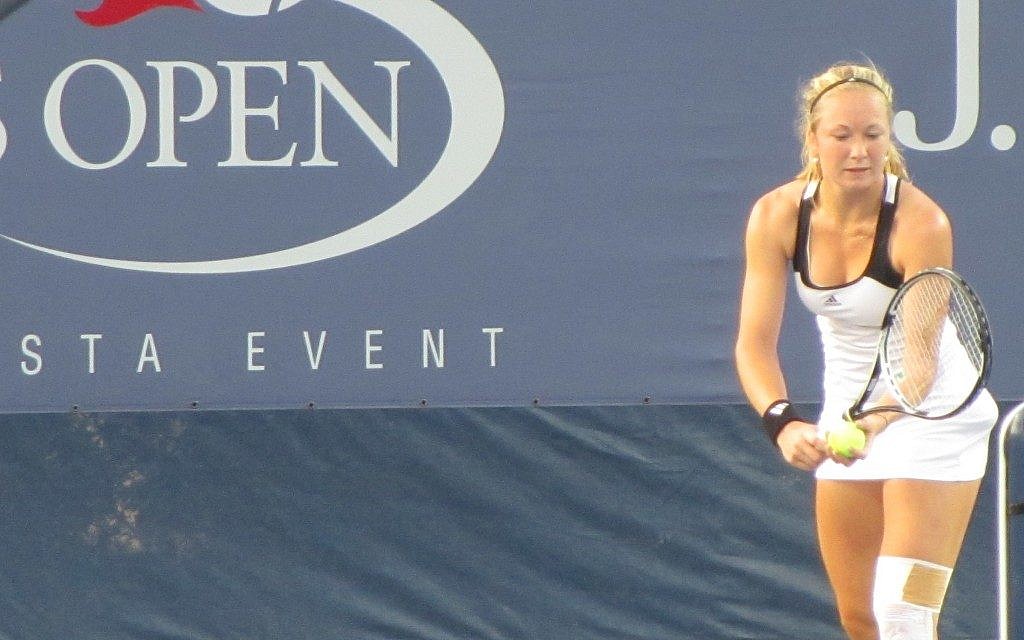Original Article Published on The Jerusalem Post
Israeli counselors share their experiences serving at a Conservative Movement summer camp.

For a special group of Israelis, serving their country continues after their army service ends in North America. A diverse group of Israeli twenty somethings representing different cities and towns, ethnic and religious backgrounds, and political viewpoints, have a unique opportunity to spend two intense, rewarding months serving as shlichim (emissaries or representatives) at various summer camps throughout North America. Shlichim serve at various movement camps as well as JCC, B’nai Brith, independent and unaffiliated camps.
The visiting Israelis serve as bunk counselors and teach art, woodworking, singing and dancing, sports, swimming, boating, ropes, and even cartooning. The shlichim share their Israel with campers and staff, and, in the process, learn a great deal about North American Jewish life and Judaism.
Being selected to be a shaliach is very selective. According to Lianne Novak, the Jewish Agency for Israel’s summer camp coordinator to Ramah camps (Conservative Movement), 5,000 talented Israelis start the process. After an initial phone screening, the number is reduced to 1,100. Approximately 250 are chosen to serve as shlichim to the eight Ramah camps. The shlichim you will meet all served this past summer at the 500 camper, Camp Ramah in New England.
Eyal Chirurg, 23, a second year emissary from Maalot in the north of Israel, teaches comics and cartooning to 8- to 16-year-olds. The soft spoken, very talented Chirurg has already illustrated a children’s book, Illustrated Curiosity, and his sketches and artwork appear on signs and T-shirts everywhere around camp. Camp is a small society and an alternate reality for the campers,” observes Chirurg, who notes that there is no comparable summer camp experience in Israel.
Chirurg enjoys being part of a delegation with such a diverse group of Israelis. It doesn’t matter where you come from in Israeli society: all are accepted, and all are quality, amazing people with the motivation to do good things. This summer, Chirurg lives in a bunk with campers from the Tikvah Program, the 43-year-old program for adolescents with a range of special needs. The special needs program is the most amazing part of camp and the reason I came back!
Sahar Ben Or, 23, a third year emissary from Rishon LeZion, worked for two years as a sports teacher and soccer coach. This summer he worked first as a bunk counselor to twelve-year-olds, and then to fourteen-year-olds. Sahar, perhaps ironically, comes to a summer camp in America for the Jewish experience!”
Here, at camp, we feel more Jewish. When I am at home, I miss the Jewish atmosphere of camp. He enjoys interacting with Israelis he might not otherwise meet in Israel, and he loves bringing Israel to his campers. “The oldest campers learned about such important issues in Israel as immigration, cost of living, and the status of non-Orthodox Jews and they held protests. In addition, I have brought my campers to pray at the andarta, a monument to fallen soldiers, and I enjoy teaching about our Israeli traditions like foods and birthday party games!
Eliana Farber, 21, of Ra’anana, comes from an observant family. She is serving as a counselor with thirteen-year-old girls. She and several distinguished soldiers are permitted to use these two months toward their army service. Farber is somewhat unique among the 50 shlichim; her English is perfect and unaccented since she made aliyah with her parents (from New York) when she was five years old; I like the fact that we made aliyah. I teach my campers that we are a medina olim a country of immigrants. Farber observes, I represent Israel in my daily conversations and interactions with campers, and by just being who I am.
Farber’s experience at a Conservative Movement summer camp has proven both eye opening and challenging. When Rabbi Mitch Cohen (the National Ramah director) told the shlichim that there is more than one way to be Jewish, it gave me the chills! I never heard anyone say it out loud that’s so great. I am so happy to be in a place where that is okay. It is has also gotten me conflicted.

Water front head, Rotem Ad- Epsztein, an eleven year veteran of the mishlochot, which she now heads, views camp as a chance to learn more about Jewish religious practice. She and her husband, Uri, who came from secular Israeli backgrounds, can now share this experience with their nearly three- year-old daughter, Lotem. “At camp she gets Jewish life, Jewish experience, social experience, nature and more….
Rotem is proud of her shlichim. They all come from the rainbow of Judaism and this is great! They present the real situation in Israel. The fact that they all come from different religious they can connect with different shichimi.
Why would a camp invest so much money, time, and effort in bringing shlichim? Rabbi Ed Gelb, Director, Camp Ramah New England proudly reports, We bring Israeli shlichim to camp because the personal connection between Israeli staff and the campers begins a positive life- long relationship with Israel. When our campers journey to Israel, they will often meet up with the Israeli staff and share the experience. Camp also has an incredible impact on the Israelis. For many, the idea of Conservative Judaism was unknown to them and by spending at least one summer at camp they find a Judaism that is accessible and compelling to them. It is hard to say who impacts whom more. Rabbi Mitch Cohen adds, As wonderful as most shlichim are as educators, counselors or sports instructors, by far the greatest impact of their presence in camp is the friendships they create with campers and staff. Having Israelis as good friends makes the connection with Israel very personal and is the most effective way of building strong identification with and support for the State of Israel.
We look forward to the arrival of another exciting group of Israelis next year!





